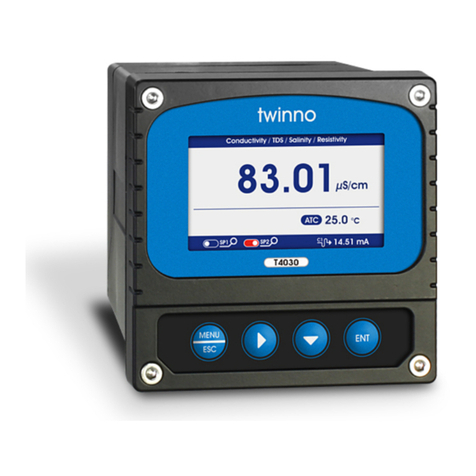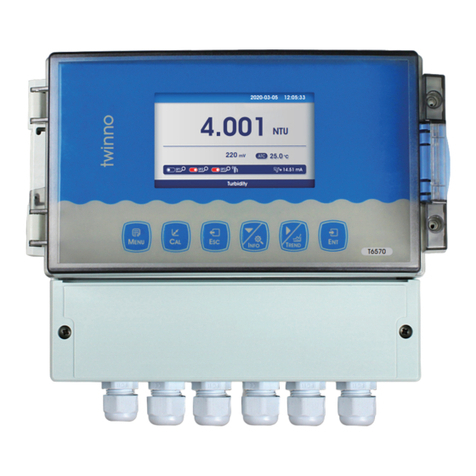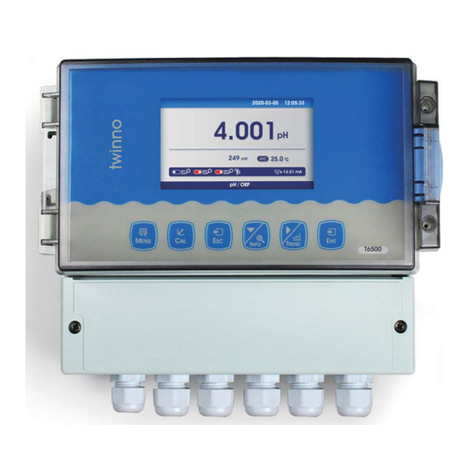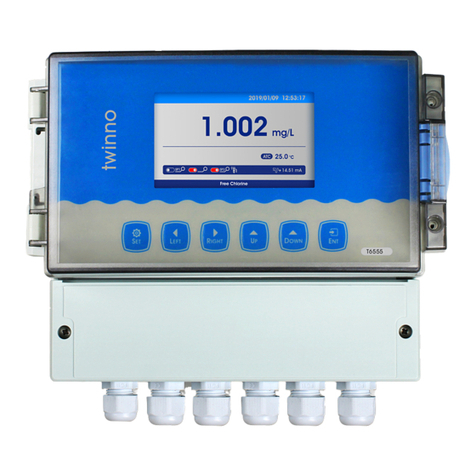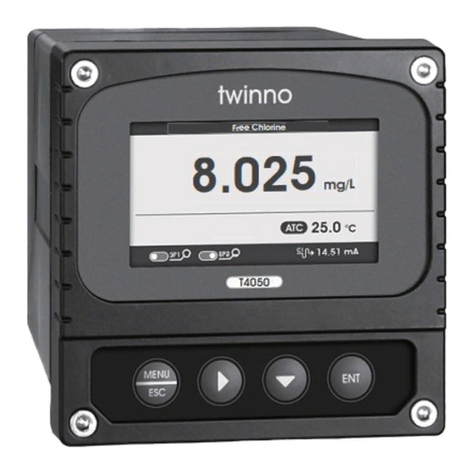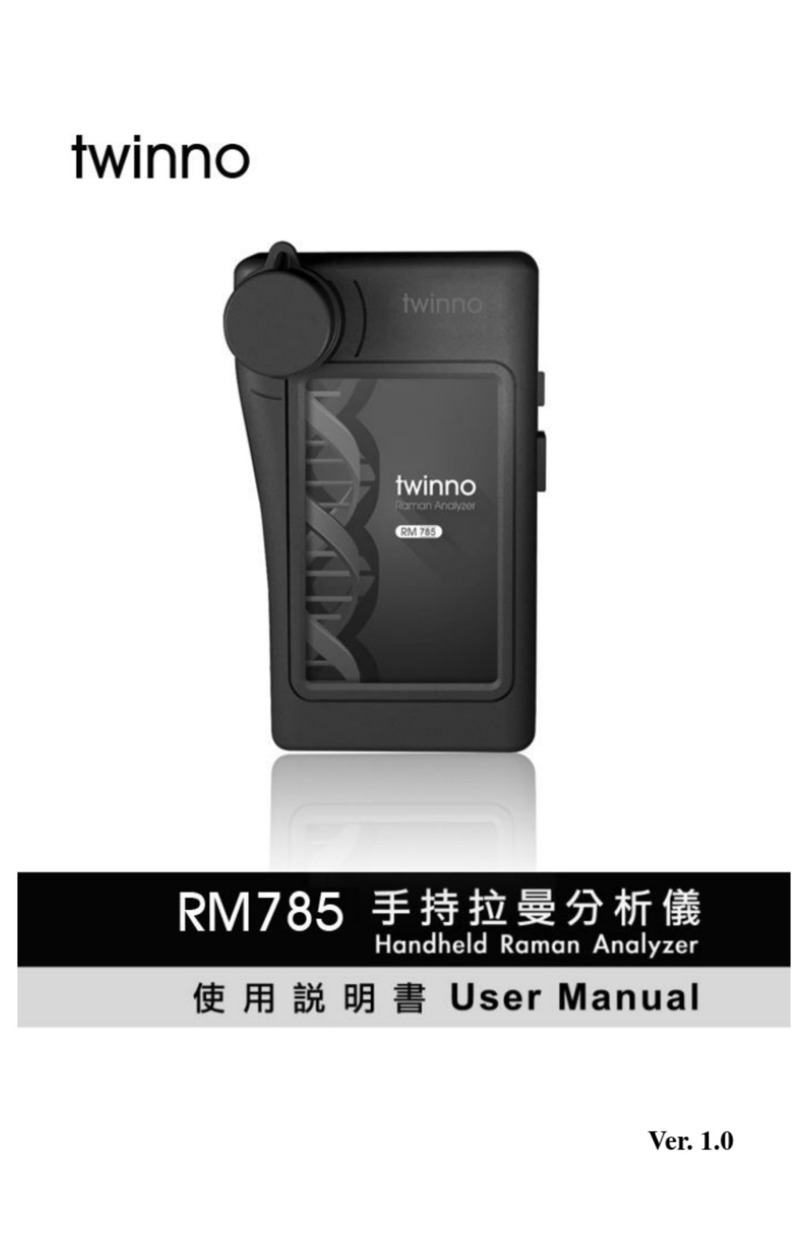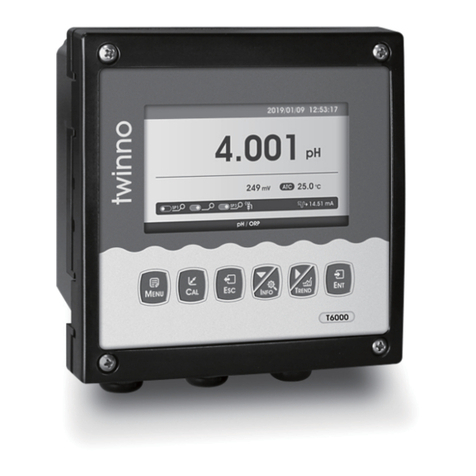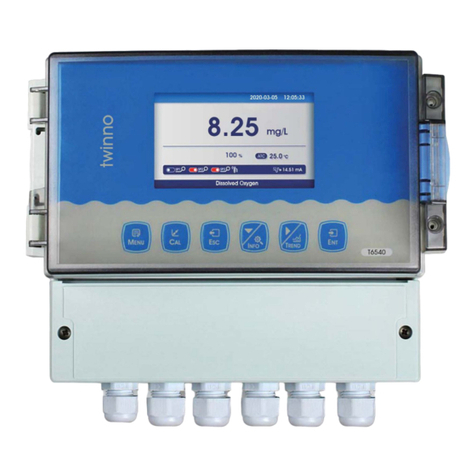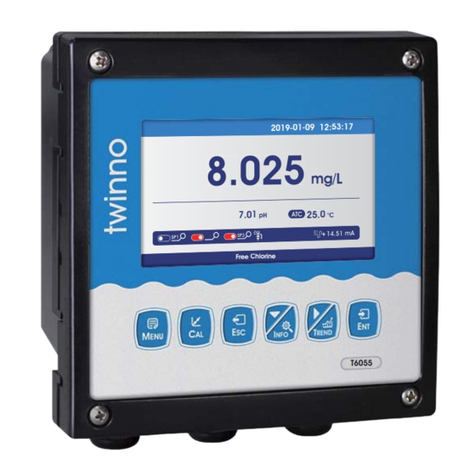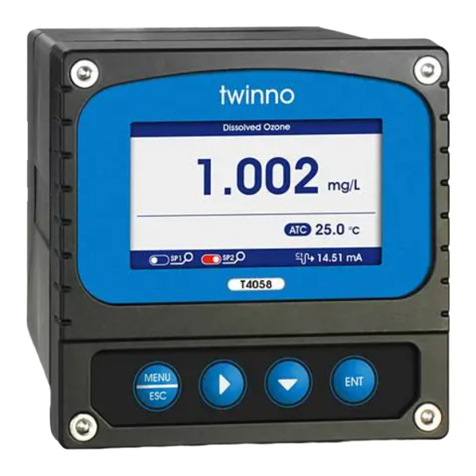
Features
Online Free chlorine meter is a microprocessor-based water quality online monitoring
control instrument.It is widely used in drinking water treatment plants, drinking water
distribution networks, swimming pools, water treatment projects, sewage treatment, water
disinfection and other industrial processes.It continuous monitoring and control Free
chlorine and temperature value in aqueous solution.
●Color LCD display
●Intelligent menu operation
●Multiple automatic calibration function
●Manual and automatic temperature compensation
●Two relay control switches
●High & low alarm and hysteresis control
●4-20mA & RS485,Multiple output modes
●Multi parameter display simultaneously shows –Free Chlorine, Temp, current,etc.
●Password protection function to prevent misoperation by non-staff.
Preface
Thank you for your support. Please read this manual carefully before use.The correct use
will maximize the performance and advantages of the product, and bring you a good
experience.
When receiving the instrument, please open the package carefully, check whether the
instrument and accessories are damaged by transportation and whether the accessories
are complete. If any abnormalities are found, please contact our after-sales service
department or regional customer service center, and keep the package for return
processing.
This instrument is an analytical measurement and control instrument with highly
precision.Only skilled,trained or authorized person should carry out installation, setup and
operation of the instrument.Ensure that the power cable is physically separated from the
power supply when connection or repair.Once the safety problem occurs, make sure that
the power to the instrument is off and disconnected.
For example, it may insecurity when the following situations occur:
1) Apparent damage to the analyzer
2) The analyzer does not work properly or provides specified measurements.
3)The analyzer has been stored for a long time in an environment where the temperature
exceeds 70 °C.
The analyzer must be installed by professionals in accordance with relevant local
specifications, and instructions are included in the operation manual.
Comply with the technical specifications and input requirements of the analyzer.
1
